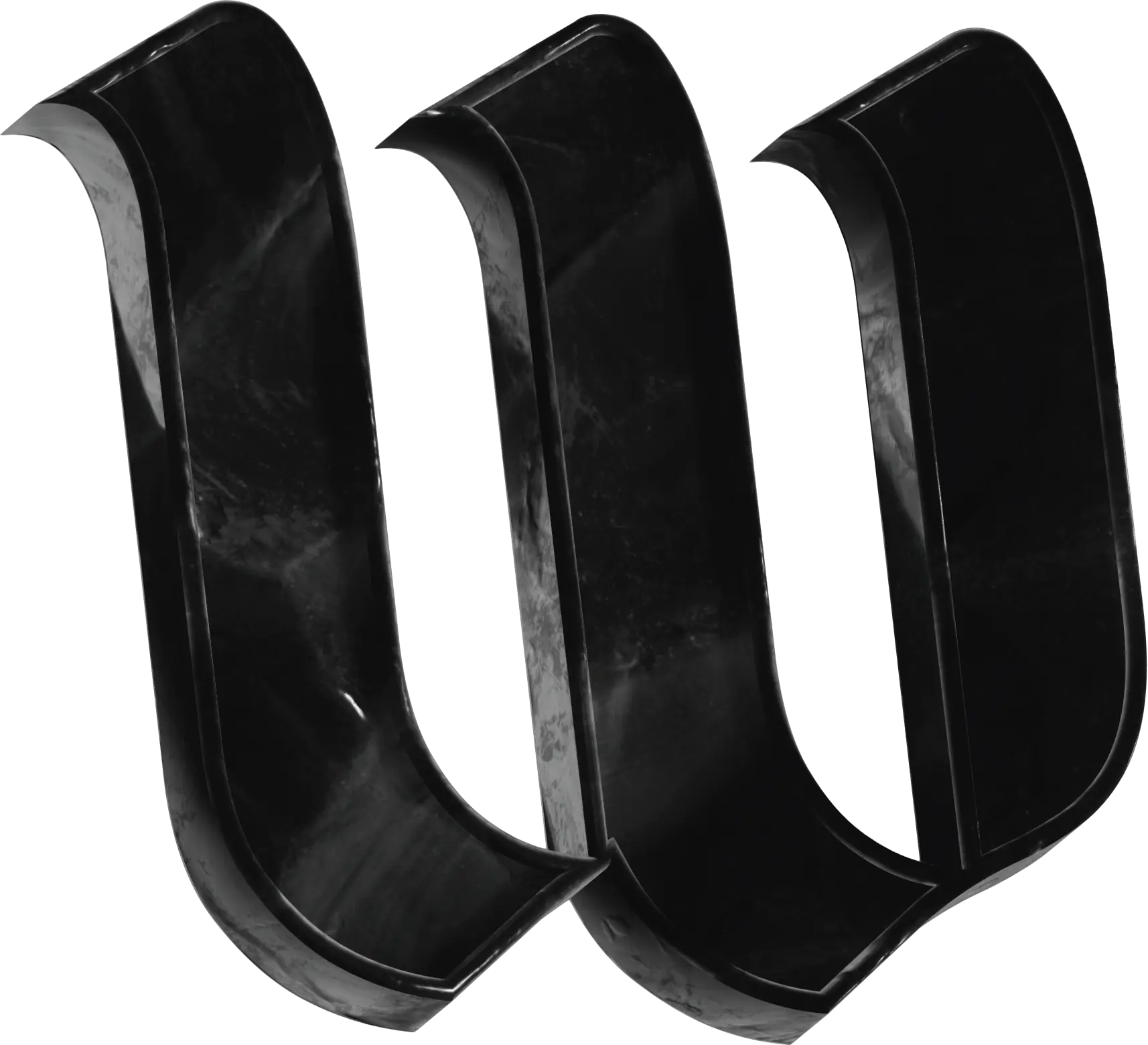The modern consumer is no longer a mere bystander; they’re a vocal advocate for positive change. In this landscape, environmental consciousness reigns supreme, and consumers gravitate towards brands that mirror their values, especially those championing sustainability. At Wololo, we believe eco-conscious design isn’t just a trend; it’s a revolution. It’s a holistic approach that transforms a brand’s environmental commitment into a powerful visual language that resonates with today’s discerning consumer.
Eco-conscious design has become a cornerstone of successful brand development in recent years. We’re witnessing a shift away from superficial, trend-driven aesthetics towards design that tells a deeper story about a brand’s values and environmental impact. Consumers are looking for authenticity, and eco-conscious design provides a powerful tool to communicate this. By strategically leveraging colour palettes, materials, imagery, and messaging, brands can build trust and loyalty with eco-conscious consumers.
Eco-design goes beyond aesthetics. It’s a holistic approach that considers the environmental impact of a brand at every stage, but for design specifically, the focus is on crafting a visual language that speaks to a brand’s sustainability values.
Who Gives a Crap-
This Australian toilet paper company doesn’t shy away from its cheeky name. Their branding embraces bright, playful colours, but these pops of colour are often used alongside a clean, minimalist design with browns and greens that highlight the recycled nature of the product.
They incorporate playful illustrations of animals on their packaging, adding a touch of whimsy without sacrificing their commitment to sustainability. Who Gives a Crap’s tone of voice is a delightful blend of informative transparency, self-deprecating humour, and conversational engagement. This unique approach makes them relatable, avoids preachiness, and effectively communicates their passion for sustainable practices.
Patagonia-
Patagonia, the legendary outdoor apparel brand, takes a different approach from ‘Who Gives a Crap’. Their design aesthetic is clean and functional, reflecting their focus on quality and durability. The use of muted, natural colour palettes throughout their branding – from their logo to their website – reinforces their connection to the outdoors.
Patagonia’s messaging is often bold and direct, sometimes integrated directly into their clothing designs through imagery that features breathtaking natural landscapes.
Minimalism in Eco-Conscious Design
While most sustainable brands embrace a minimalist aesthetic that reflects a focus on functionality and avoiding waste, the design sense around sustainable brands is evolving.
Patagonia exemplifies the practical usage of clean lines, uncluttered layouts, and a focus on essential elements that contribute to a design language that feels honest and environmentally conscious. Their website and marketing materials utilise clean layouts and focus on high-quality brand collaterals and communication messaging, letting the quality and functionality of their outdoor apparel speak for itself.
On the other hand, Who Gives a Crap? is maximalist and obviously grandiose. It proves that a maximalist approach can still be sustainable as long as it’s executed thoughtfully. They don’t shy away from bold palettes and a quirky touch in all their brand elements.
Every element of a sustainable brand’s design, from the name and logo to the colour palette, tone of voice and messaging, works together to tell a story of environmental consciousness. This approach doesn’t just inform consumers; it fosters a sense of community and shared values. It creates a powerful connection that goes beyond just a product or service. It becomes a badge of honour, a shared commitment to a greener future. Sustainable design becomes a silent promise, a visual manifesto that whispers, “We hear the language of nature, and we are speaking it too.”

